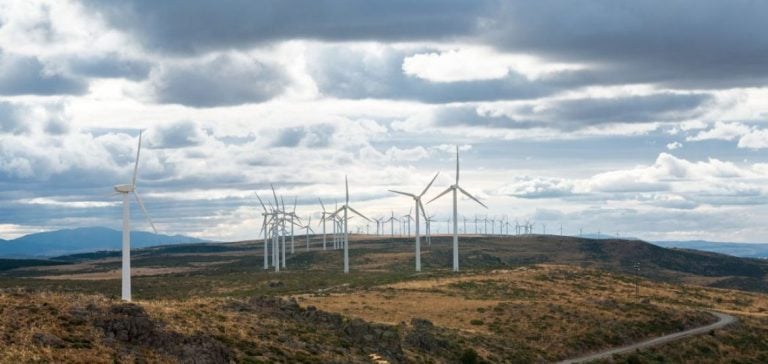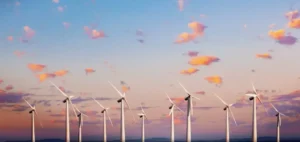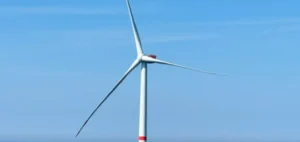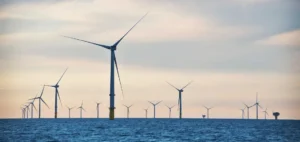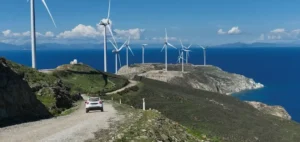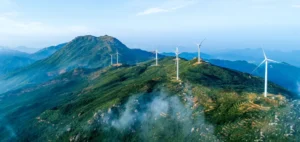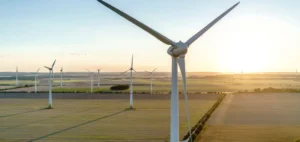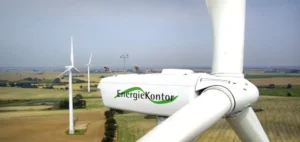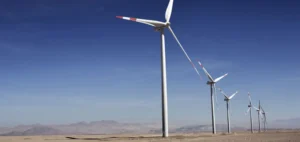GE Vernova, a well-established player in the energy sector, has signed several agreements to supply turbines to five wind farms in Spain.
These projects are in line with national objectives to increase renewable energy production, in response to growing demand for less carbon-intensive energy sources.
Spain, with its favorable natural conditions and ambitions for energy transition, is one of Europe’s most dynamic markets for wind power. Increasing wind power capacity is crucial to Spain’s energy strategy, which aims to reduce its dependence on fossil fuels.
These new contracts include the installation and commissioning of GE Vernova 6.1 MW turbines in several regions of the country, including Castilla y León, Catalonia and Andalusia.
Projects in strategic regions
The projects concern regions where wind generation is already well established, but where additional capacity is needed to meet decarbonization targets.
Among the customers who have signed agreements with GE Vernova, ERBI has chosen to install 16 turbines in two wind farms located in Castilla y León.
This region, known for its high wind energy potential, is also home to a GE Vernova blade production plant, which facilitates logistics operations and optimizes production costs.
In Catalonia, Enervent plans to upgrade its wind farm with six additional 6.1 MW turbines.
This region, strategic for GE Vernova, is home to one of the company’s engineering centers, enabling optimized project management and greater responsiveness in terms of maintenance and follow-up.
The latest contract concerns the Barranco del Agua wind farm in Andalusia, where five turbines will be installed for Greenvolt, a new player on the Spanish market.
These projects, spread across the country, illustrate the diversity of needs and opportunities in the Spanish wind power sector.
Contributing to the decarbonization of the energy sector
The new wind farms will directly support Spain’s decarbonization objectives, as the country has set itself ambitious targets for reducing CO2 emissions.
The strategy is based on increasing the share of renewable energies in the national energy mix, while improving the efficiency of existing infrastructures.
The 6.1 MW turbines installed by GE Vernova are designed to maximize energy production in onshore wind farms.
Their advanced technology enables them to meet the growing demands of energy operators, who are seeking to reduce operating costs while increasing the production of renewable electricity.
These new projects will boost wind power’s share of the Spanish energy mix, while contributing to the European effort to decarbonize the sector.
A booming wind energy market
The Spanish wind energy market is one of the most dynamic in Europe, with significant growth prospects for the coming years.
The country benefits from favorable climatic conditions for wind generation, particularly in the regions of Castilla y León, Galicia and Andalusia.
Investment in new infrastructure, supported by favorable public policies, is essential to maintain this momentum.
The agreements signed by GE Vernova testify to the vitality of the sector, but also to the challenges involved in integrating new production capacity into the power grid.
Upgrading infrastructures and improving storage capacities are all priorities to ensure optimal use of renewable resources.
The involvement of companies such as ERBI, Enervent and Greenvolt demonstrates that the Spanish wind power market attracts both local players and international companies.
These partnerships make it possible to pool resources and develop projects on a larger scale, in line with the country’s growing energy needs.

